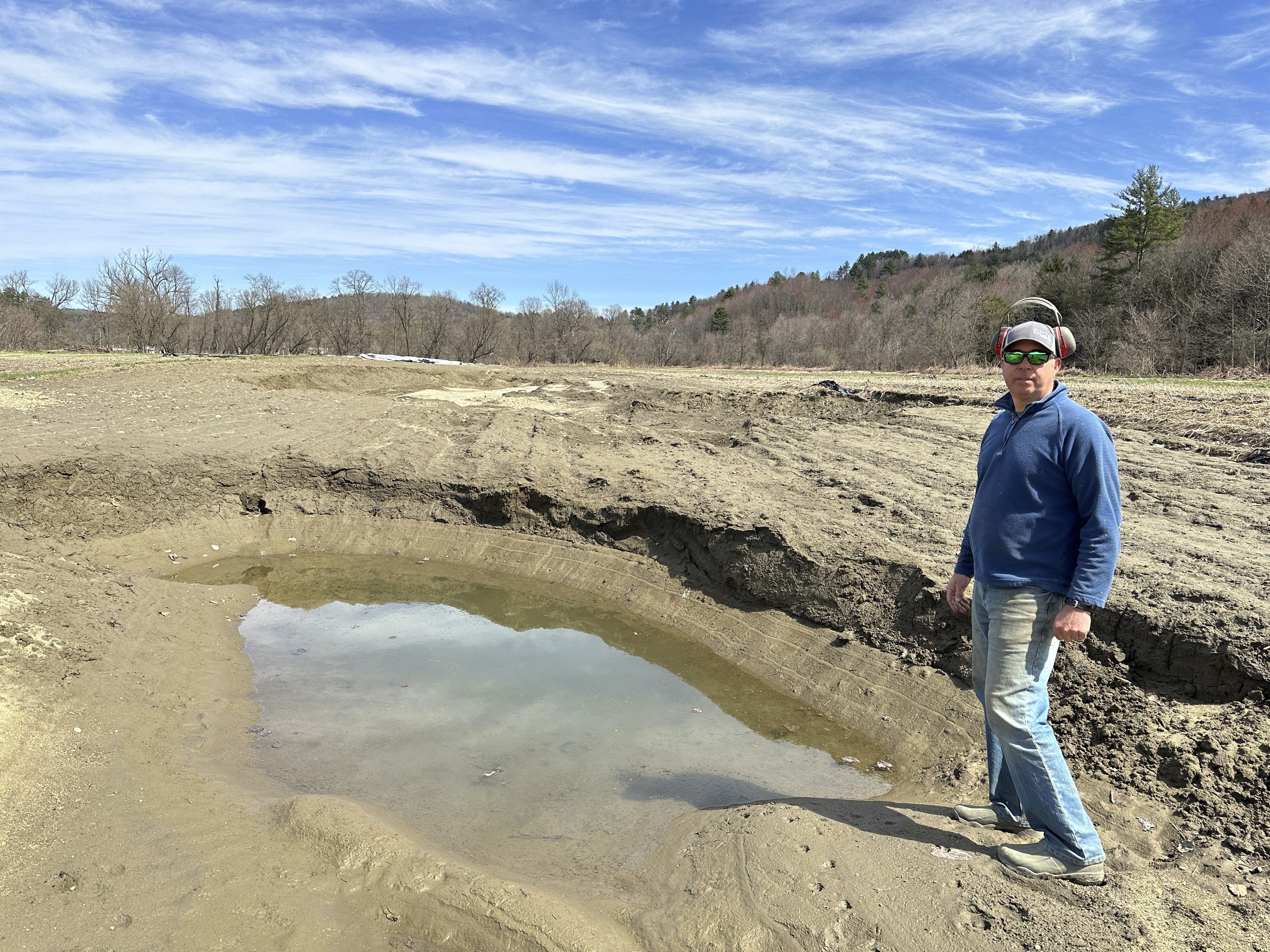A new public / private partnership aims to help Vermont utilities, road crews, and first responders better anticipate weather emergencies and other impacts. The new Vermont Weather Analytics Center aims to provide specific forecasts for much smaller zones than other forecast models currently do. It will drill down to about two-kilometer swaths of land, partners said, and will share that info with power companies and other agencies that need to handle the messes Mother Nature can bring.
"We're seeing an increase in the frequency and severity of storms in Vermont," said Tom Dunn, the CEO of VELCO, the operator of Vermont's transmission system. “This project will ultimately increase our collective effectiveness in storm preparation, response, and service restoration.”
Because weather events like flash floods and wind storms can hammer one neighborhood and not another across town, the two-year, $16.6-million project is designed to help anticipate more specific impacts. The Vermont Weather Analytics Center is centered around a state-focused version of an IBM weather prediction model called Deep Thunder.
Green Mountain Power's CEO, Mary Powell, said the model should help her utility better anticipate how weather conditions will interact with specific features on the ground, from buildings to woods, to understand ultra-local impacts that could cause outages. "We see huge benefits in reducing the costs of restoring power when Vermonters are without power," Powell said, explaining that if her crews can anticipate where storm damage may be the worst, that will help speed response times.
The system will still incorporate tried and true data from sources like the National Weather Service, VELCO said, but it will also see the installation of 13 new weather sensors around the state, on locations such as radio towers. The system will also connect existing weather monitoring sensors organizers said currently don't share info well, such as units along Vermont's highways belonging to the state's transportation agency.
"If we have the capability in the future to know what's coming, where, and when, with a greater degree of certainty and accuracy, we can pre-deploy more of our assets to the area of impact," said Sue Minter of VTrans, noting how site-specific forecasts could help better anticipate where icy patches will form or what culverts or bridges could be damaged by swollen streams. "We don't do that now."
Utilities expect having more site-specific forecasts should also help them anticipate outputs of renewable energy sources like solar panels and wind farms. Down the road, the analytics system could be opened up and applied to other areas, such as helping guide farming practices, VELCO explained.
Vermont
The latest news from around the state
Partners on the project include VELCO and all of Vermont's electric utilities, Lyndon State College's applied meteorology program through a grant from the Vermont Low Income Trust for Electricity, the Vermont Electric Power Producers, Inc., the Vermont Department of Public Service, Vtrans and other state agencies, the University of Vermont, and ISO New England, the regional power transmission organization.



